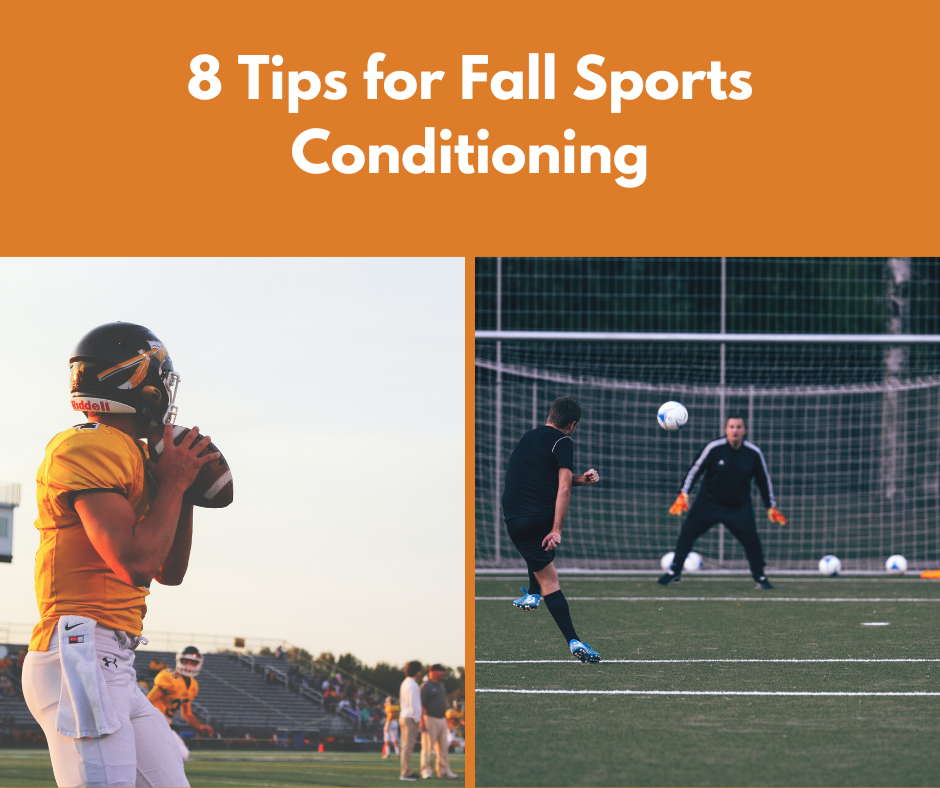8 Tips for Fall Sports Conditioning
Fall sports conditioning serves as a foundation upon which the sports season's success is built and can help reduce the number of in-season injuries.
Fall sports conditioning involves a program of weight training and aerobic sport-specific conditioning that allows the athlete to slowly acclimate to the demands of the sport by gradually increasing the intensity and volume of their training over time.
Here are 8 tips for fall sports conditioning safety:
Increase training gradually. Experts recommend that athletes only
increase weights, mileage, pace, or intensity by 10% each week to avoid overtraining and allow the athlete's muscles, joints, and bones to adjust to the stresses and demands of the
sport over time.Fuel your body with proper nutrition. Proper nutrition affects an athletes quality of athletic performance, strength, training, and energy level. Most experts recommend athletes prioritize whole foods, balancing their plates with high-quality protein, complex carbs, vegetables and fruits, and healthy fats.
Stay well-hydrated. Your hydration level affects your training, competition, and recovery. It's essential to hydrate with water and electrolyte-rich drinks before, during, and after training.
Acclimatize to exercising in the heat safely. It can take up to two weeks exercising in the heat for your body to acclimatize to the heat. Start with running shorter distances at lower intensities or doing shorter training sessions at a lower intensity and gradually increase the distance, duration, and intensity of your workout as your body can tolerate it.
Always engage in a dynamic warm up. A dynamic warm up involves moving and stretching through a joint's full range of motion, promoting blood flow and preparing your muscles for more intensive activity.
Use proper sport-specific footwear. Wearing the correct footwear for your sport is essential to minimize the risk of injury. For example, supportive running shoes decrease stress on a runner's legs, hips, and pelvis.
Rest for optimal performance. Recovery time post-training allows the body to replenish the muscle glycogen and repair tiny tears in the muscles caused by muscle movement, which ultimately makes muscles stronger than before.
Complete a pre-season physical exam with a qualified doctor.
